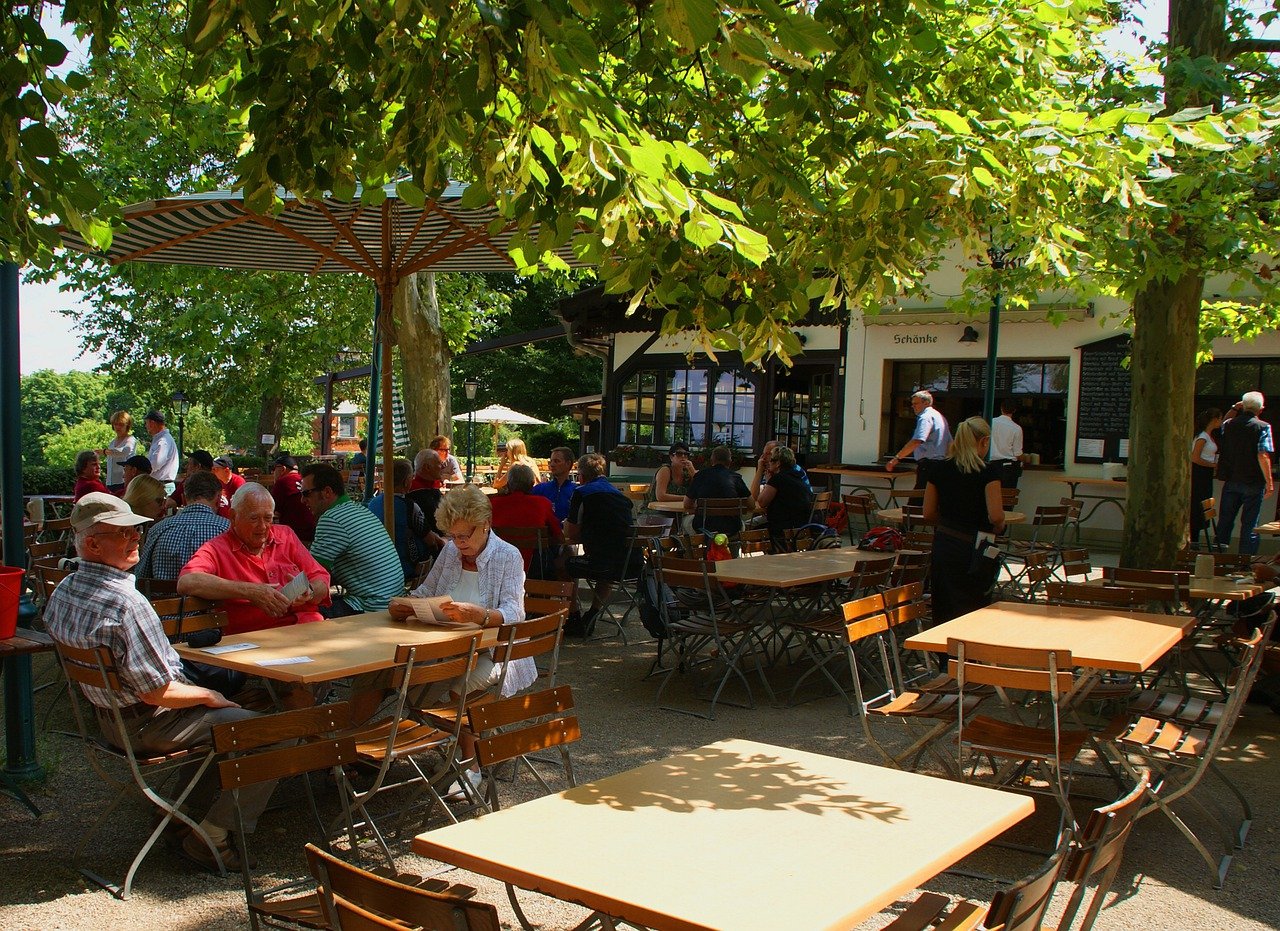Best U.S. Locations for Food Tourism

As I’m sure you all recall, last week I discussed and described the hottest tourist trend on the planet right now, that being food tourism. Food tourism involves visiting a locale and using food (and beverages) to explore the history and culture of a specific area, be that a region (like the desert Southwest), a city (such as Pittsburgh), or a state (Iowa, for example).
As I mentioned last week, it’s a totally immersive experience that can involve tours of farms, food markets, breweries (my favorite), historical sites, food production sites, diners, coffee shops, wineries…just about anything to do with food in a specific geographical area. It is so much more than simply visiting a few local restaurants.
This week, let’s take a look at a few places within the United States that offer truly unique opportunities for food tourism due to their rich history, diverse cultures and and/or rich tapestry of food and beverage options. This list is by no means exhaustive and if I overlooked your region, well then, I apologize.
- Coastal Maine is known for its picturesque and rocky coastline, but it is also known for its centuries old seafood industry. After all, Maine was occupied by Native populations, to include the Wabanaki Confederacy, for centuries prior to the arrival of the Norwegians in the 13th century and the French and English in the early 17th
Since Maine has such a lengthy coastline, it only makes sense that all its coastal inhabitants relied on the sea for sustenance. That being the case, part of your Maine food tour will undoubtedly involve the state’s long history with shipbuilding. It should also involve a visit to a lobster fishery and perhaps even a ride-along on a lobster boat as they check their traps, if you’ve got your sea legs. Mainers also still incorporate a great deal of Wabanaki cuisine into their diets, to include corn, squash, wild blueberries and various forms of seafood, aside from lobster. Start in Portland and, if you can, work your way north.
- The Sonoma Valley, just north of San Francisco, is known as the birthplace of California’s wine industry so bring your inner sommelier (professional wine taster) with you. And plan on learning the rich history of the region’s wine making industry from why the region’s soil and climate make it perfect for grapevines, to what makes one year’s harvest better than another, to aging, to bottling, to marketing…you get the idea.
As with all regions in the U.S., the Sonoma Valley’s rich food and beverage culture was shaped by its early native and European (Spanish) inhabitants. Aside from wineries, you’ll likely spend your time exploring the region’s food-to-table eateries, cheese producers and unique architecture of the Valley of the Moon.
- Houston, San Antonio, Austin triangle offers the ultimate in Tex-Mex and Texas BBQ food tours. From its time as the home to native tribes, such as the Apache, Pajalat and Payaya, through the arrival and colonization by the Spanish and its time as northern Mexico and beyond its short time as the Republic of Texas, this region has been shaped by its people and the food they grew, raised and consumed.
You’ll most likely visit a cattle ranch and various local farms that grow the oldest crops to have existed in this country, those being corn, squash and beans. Most food tourists to this region also enjoy cooking classes where they learn to make authentic fajitas, chicken fried steak, chili, kolaches, and tacos among other dishes.
- The Twin Cities of Minnesota provide their food tourists with a rich panoply of culinary choices. Originally inhabited by the Dakota tribes, the Minneapolis/St. Paul area is usually associated with lakes and not the Mississippi River which runs through it. What the Dakota grew centuries ago will still be incorporated into your food tour, especially wild rice and local fish and game.
Since the first brewery was established in the area in 1849, plan on spending some of your tour in local breweries exploring how different beers are brewed and visiting a local hops farm. Settled predominately by Germans, Norwegians and Swedes, expect Scandinavian foods to be on the menu as well. After the establishment of the iron ore mining industry, the population was then supplemented with numerous immigrants from Eastern Europe. Wheat and flour also played and continue to play a huge role in the culinary history of the Twin Cities. So, if you have an eclectic palate, the Twin Cities is probably the food tour for you.
Obviously, there are many regions within the U.S. to explore via a food tour. These four are simply a sample from far-flung regions of the country. If you’re looking for a food tour in any region, simply use the Google machine to link you with a travel agent that specializes in food tours and get out there and explore!
You must be logged in to post a comment.